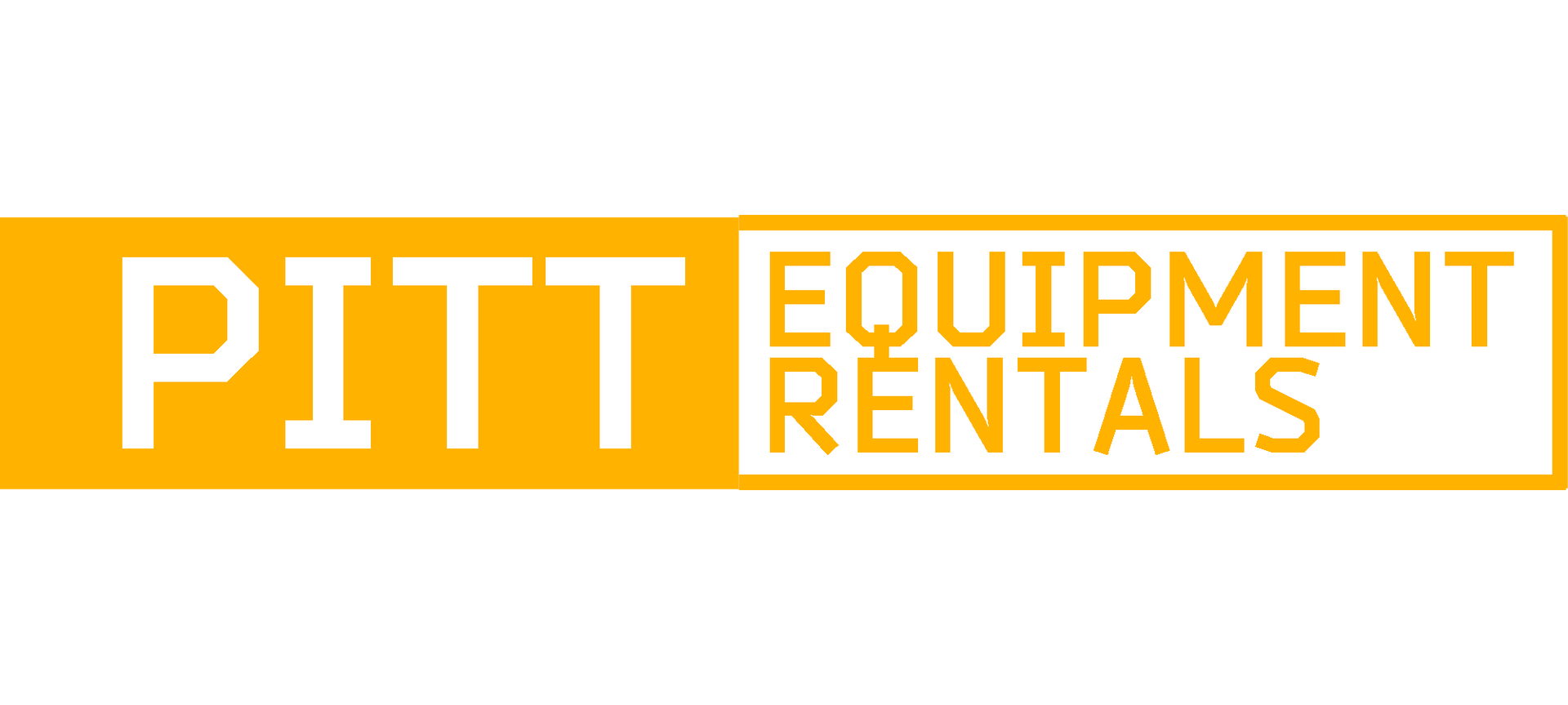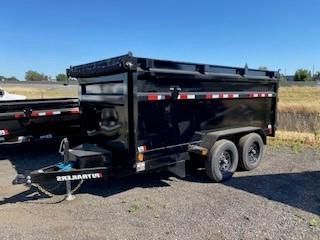Blog

So, you’ve decided to install a sprinkler system yourself. That’s adorable. No really—it’s a noble quest. Just you, a shovel, and the crushing realization that dirt is way heavier than it looks. But before you go full “Indiana Jones and the Backyard Dig Site,” let’s talk about the do’s and don’ts of trenching—because there is a right way, and also a way that ends with a trip to Urgent Care. ✅ DO: Plan Like You're Building the Panama Canal Before you start digging random holes like a confused raccoon, map out your system. Where are the pipes going? How deep? Where’s the water pressure coming from? Pro tip: Call 811 before you dig. Striking a utility line might make you the new neighborhood legend, but not in a good way. ❌ DON’T: Just Wing It Guessing trench depth is like eyeballing a cake recipe. You might end up with something that kind of works… or you might end up with exploding pipes and a very soggy tulip bed. Go 6–12 inches deep depending on your climate. If you’re in a cold area, go deeper. If you're in Florida, well… dig just deep enough to avoid hitting an alligator. ✅ DO: Use Tools That Were Not Designed for Children Yes, a kitchen spoon technically digs. But invest in a trenching shovel or rent a power trencher. It’s like trading a tricycle for a Harley. Warning: Power trenchers are fun. Too fun. You may begin trenching unnecessary things. Curb your enthusiasm. ❌ DON’T: Forget About Gravity (It’s Still a Thing) If your trenches don’t slope even a little, water might just sit there… confused… doing nothing. You’re building a sprinkler system, not a koi pond. ✅ DO: Separate Your Zones Like a Micromanaging Boss Different areas need different amounts of water. Your grass wants a nice, even soak. Your succulents want to be left alone. Your tomatoes are drama queens. Zone accordingly. Also: Take a photo before you cover anything up. Future You will appreciate not needing X-ray vision to find the pipes. ❌ DON’T: Backfill Like a Barbarian If you just toss rocks and clumps of dirt back into the trench like a medieval catapult, you’ll crush your pipes faster than your sprinkler dreams. Backfill in layers, remove big debris, and tamp gently—like you’re tucking in a pipe for a nap. ✅ DO: Embrace the Chaos (But Safely) Wear gloves, goggles, boots, and common sense. Avoid working in flip-flops with a cigar hanging out of your mouth while yelling “I got this!” That’s how you end up on a TikTok fail compilation. ❌ DON’T: Turn It Into a One-Man Excavation Show If your trenching technique makes neighbors start asking if you’re building a bunker, it’s time to reassess. Also: no, the HOA will not approve a moat. Final Thoughts: Trenching isn’t rocket science… it’s more like really dirty geometry. But if you follow these do’s and avoid the catastrophic don’ts, you’ll be well on your way to a sprinkler system that works, a lawn that thrives, and a personal sense of smug DIY accomplishment. Just remember: it’s all fun and games until someone hits the gas line. So maybe double-check that 811 call, yeah?

When it comes to equipment leasing, the end of your lease term often presents you with two crucial options: buying out the leased equipment or continuing the lease. Each choice comes with its own set of pros and cons, making this a pivotal decision for businesses. In this blog post, we'll explore the considerations that can help you decide between buying out your lease or extending it. Pros and Cons of Buying Out a Lease Buying out a lease entails purchasing the equipment that you've been leasing. This option offers several advantages and disadvantages: Pros: Ownership : The most significant advantage is that you'll gain ownership of the equipment. This means you won't have to return it, providing you with full control over how you use it. No More Payments : Once you buy out the lease, you're no longer tied to regular lease payments. This can improve your cash flow and budgeting flexibility. Tax Benefits : Purchased equipment may be eligible for depreciation deductions, allowing you to lower your taxable income and reduce your tax liability. Cons: Upfront Costs : Buying out a lease often requires a lump-sum payment or financing, which can put a strain on your finances. Maintenance and Repairs : As the owner, you're responsible for all maintenance and repairs, which can be costly, especially for older equipment. No Tech Upgrades : You'll be stuck with the equipment's current state, and you won't benefit from regular upgrades. Pros and Cons of Continuing a Lease Continuing the lease involves extending the lease agreement or starting a new one. Here are the pros and cons: Pros: Lower Initial Costs : Continuing the lease usually means lower upfront costs compared to buying out the lease. Access to Modern Equipment : You can continue using the latest equipment models, staying competitive and efficient. Predictable Payments : Lease payments remain predictable, simplifying your budgeting process. Cons: Long-Term Costs : Over time, continuing to lease can lead to higher overall costs than purchasing the equipment. No Ownership : You won't gain ownership of the equipment, so you'll always be subject to lease terms and conditions. Potential Restrictions : Lease agreements may come with usage restrictions or requirements regarding maintenance and insurance. Decision Factors Making the decision between buying out a lease or continuing it depends on your specific business circumstances. Consider the following factors: Financial Health : Can you afford the lump-sum payment required for buying out the lease, or is it more manageable to continue with lease payments? Equipment Needs : Do you need the latest equipment, or is your current setup sufficient for your business operations? Tax Implications : Consult with a tax professional to understand the tax benefits or consequences of each option. Business Plans : Consider your long-term business goals and how your choice aligns with those objectives. Deciding between buying out a lease or continuing it is a strategic choice that should align with your financial capabilities, equipment needs, and long-term business plans. There's no one-size-fits-all answer, and the right decision will vary from business to business. By carefully weighing the pros and cons, consulting with financial advisors or industry experts, and considering your unique circumstances, you can make an informed decision that benefits your business. Whatever choice is right for you, Rentck is here to help!

In today's fast-paced business world, staying competitive often requires access to the latest and most advanced equipment. However, purchasing equipment outright isn't always the most cost-effective or financially viable option. This is where equipment leasing comes into play. Leasing equipment offers numerous advantages, and one of the most significant perks is the potential for tax benefits through write-offs. In this post, we'll explore the benefits of leasing equipment and delve into the tax advantages that can positively impact your bottom line. Preserving Capital One of the primary advantages of leasing equipment is that it allows businesses to preserve their capital. Capital is the lifeblood of any organization, and tying it up in large equipment purchases can limit your ability to invest in other critical areas, such as marketing, research and development, and personnel. Leasing equipment requires minimal upfront costs, freeing up your capital for more strategic uses. Cost-Effective Financing Leasing offers a cost-effective means of acquiring equipment. Unlike loans or outright purchases, where you're responsible for the full purchase price, leasing allows you to spread the cost over a fixed period. This predictable monthly expense can be easier to budget for and can reduce financial strain on your company. Staying Current with Technology Technology is constantly evolving, and outdated equipment can hinder your business's productivity and competitiveness. Leasing equipment enables you to stay up-to-date with the latest advancements without the burden of trying to sell or dispose of outdated assets. At the end of the lease term, you can often upgrade to newer equipment, ensuring that your business always has access to cutting-edge tools. Tax Benefits of Equipment Leasing One of the most compelling reasons to consider equipment leasing is the potential for significant tax benefits. Here are the key tax advantages of leasing equipment: a. Tax Deductions: Lease payments are typically considered a tax-deductible business expense. This means that you can deduct the full amount of your lease payments from your taxable income, reducing your overall tax liability. b. Avoiding Depreciation: When you purchase equipment, you typically need to depreciate its value over several years, spreading out the tax benefit over time. With leasing, you can often deduct the full lease payment in the year you make it, providing an immediate tax advantage. c. Off-Balance Financing: Leased equipment often doesn't appear on your company's balance sheet, which can improve your financial ratios and make your company look more attractive to investors and creditors. d. Preservation of Tax Credits: Leasing can help preserve valuable tax credits, such as the Research and Development Tax Credit or Energy-Efficient Equipment Tax Credits, which may be lost if you purchase the equipment outright. e. Section 179 Deduction: Under Section 179 of the IRS tax code, businesses can deduct the full purchase price of qualifying equipment in the year it's placed in service. Leased equipment may also qualify for this deduction, providing additional tax benefits. In conclusion, equipment leasing offers a range of benefits for businesses looking to acquire the tools and machinery they need to thrive. By preserving capital, providing cost-effective financing, and enabling businesses to stay current with technology, leasing can be a smart choice for many organizations. Furthermore, the tax benefits of equipment leasing, including tax deductions, avoiding depreciation, and preserving tax credits, can significantly reduce your overall tax liability and improve your financial position. Before entering into an equipment lease agreement, it's essential to consult with a financial advisor or tax professional to understand how leasing fits into your overall financial strategy and to ensure that you maximize the available tax benefits. Leasing equipment can be a powerful tool to help your business grow and succeed in today's competitive landscape.





